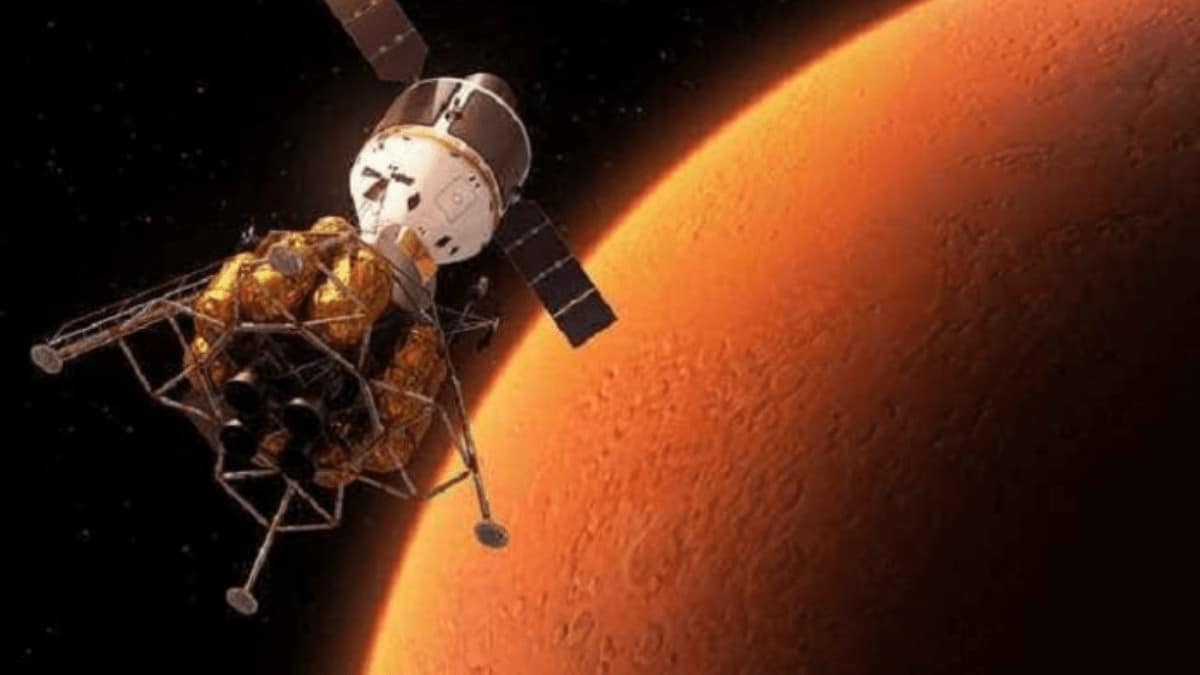ISRO Scientists Use Mangalyaan Mars Orbiter To Predict Sun’s Corona Behaviour
ISRO scientists from various divisions studied the sun’s corona using S-band radio signals from Mangalyaan.

To the uninitiated, the corona is the Sun’s outermost layer of atmosphere. Strong magnetic fields fuse plasma and trap turbulent solar winds in the corona, preventing them from escaping.
Scientists used the solar conjunction event, when Earth and Mars were on opposite sides of the Sun, for the study. This occurred in May and June of 2015. It happens every two years.
During this event, radio signals from Mangalyaan passed through the solar corona, which is located approximately 69,57,000 kilometres from the Sun’s centre (one solar radii is about 695,700 kilometres, making this around 10 solar radii away). Scientists discovered that the transition of solar wind speeds from slower to faster occurs in a region 10 to 15 times the solar radii from the Sun’s centre.
Surprisingly, the Sun’s surface temperature is only a few thousand degrees Kelvin, whereas the outer layer – the corona – can reach millions of degrees Kelvin. The reason for this schism is unknown. The corona is important to study because it travels through interplanetary space and has the potential to affect space weather, which in turn affects us on Earth.
During the aforementioned conjunction event, radio signals passed through the plasma and showed dispersive effects. The turbulence was recorded for Mangalyaan as Isrtrac on the Indian Deep Space Network (Isro Telemetry, Tracking and Command Network).
Scientists discovered that the coronal turbulence spectrum ranged between four and twenty solar radii after analysing the signals. This was the region where the solar wind was accelerated. They also discovered that the turbulence power spectrum at a smaller distance from the Sun’s centre (less than 10 solar radii) had shorter frequencies, corresponding to the solar wind acceleration region.
For distances greater than 10 solar radii, this curve becomes steeper. The findings were also consistent with theoretical models of solar wind turbulence, according to the scientists. Furthermore, the findings were supported by NASA’s Parker Probe’s recent direct observation of the solar corona in the space agency’s first-ever attempt to touch the sun.


